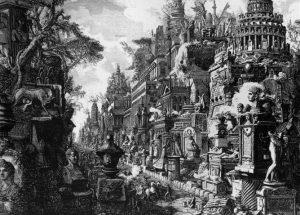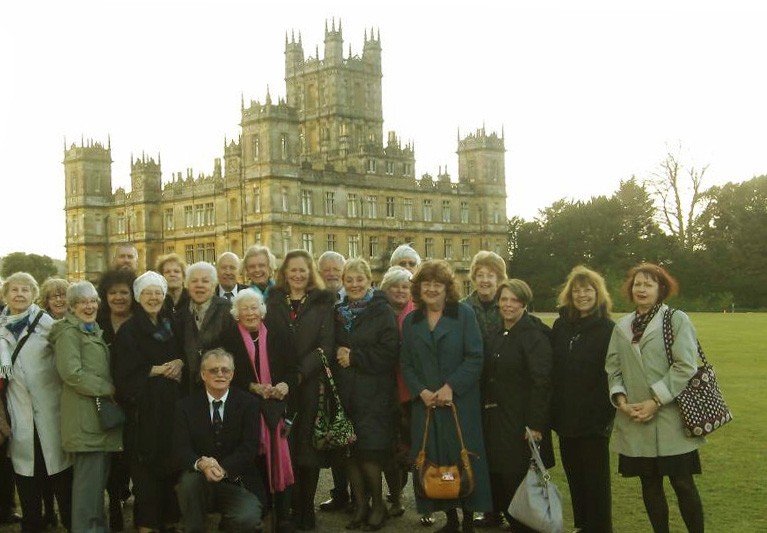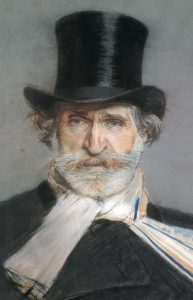The World of Downton Abbey
Downton Abbey has seduced audiences both in Britain and here, “across the pond”, by its superbly crafted script of simmering sub plots and four dimensional characters, deftly portrayed, upstairs and down, by an unforgettable cast. The Grand Tour took WXXI Rochester on a tour of historic England this spring to discover the world of Downton in fact and fiction, past and present, culminating in an exclusive private tour and reception at Highclere Castle, the real Downton Abbey. A sold-out group of 27 passengers plus WXXI’s Vice President of Television, Elissa Orlando, and Kathy Reed, Director of Major and Planned Giving took in sites from Edwardian London and the iconic House of Lords, to the Georgian splendor of Jane Austen’s Bath to the hallowed halls of Oxford, with expert guides to explore our enduring fascination with the aristocracy, their grand estates, and how they survive today. Besides the private visit to Highclere, the group met Alastair Bruce, historical advisor for the series, enjoyed high tea in the home of the Dowager Countess (Maggie Smith), strolled the streets of “Downton” village, and even took in a performance in the West End of a new play The Audience, starring Helen Mirren as the Queen.
A limited number of these England tours are available in 2014, including a private tour and reception at Highclere Castle. Please contact us if your station is interested.
In September, WFSU Tallahassee takes the World of Downton Abbey tour.
See details here.
The World of Opera in Italy
The Grand Tour celebrates the 200th birthday of Giuseppe Verdi with a deluxe tour to Italy for The World of Opera, produced and distributed by WDAV Davidson, North Carolina. The group will attend four Verdi operas in four historic, and beautiful, opera houses, including a performance of Don Carlo at La Scala in Milan with René Pape as King Philip. Visits to Verdi’s house at Sant’Agata and the Casa Verdi, the retirement home for musicians the composer founded in Milan are also included plus dinner with Simonetta Puccini, the niece and last living heir of the great composer who followed Verdi in the opera pantheon. Great food is a major part of any Grand Tour and this will be no exception as we are based for six nights in the Emilia Romagna, the breadbasket of Italy. In Milan, the group will reside in the splendid Grand Hotel et de Milan, Verdi’s city home for much of the last 30 years of his life and where he died in 1901.
The Grand Tour specializes in music tours featuring prime tickets to major performances throughout Europe and the US. Whether your format is classical, jazz or popular and eclectic, we can make a trip an unforgettable experience in the eyes of your patrons, major donors and prospects.
The Grand Tour in Italy
Beginning late in the 17th century, long before travelers came to be known as tourists, foreigners began making what was later called The Grand Tour of Europe. In the beginning, The Grand Tour represented a kind of finishing school for young men of means, primarily among the British upper crust. It was how one learned to become a gentleman, setting the stage for a leadership role. To be educated was to be cultured, making the Grand Tour a mark of attainment in one’s classical education. The Grand Tour familiarized these travelers with the great works of art and architecture from ancient times through the Renaissance.
The Grand Tour was the ultimate in luxury travel, with servants to handle the luggage and scholarly tutors to provide education and insights on a vast array of topics. The earliest of grand tour itineraries included a stay in Paris, travel through Italy, usually only as far south as Rome, and some time in Germany.

Souvenir of The Grand Tour: “Ancient Intersection of Via Appia and Via Ardeatina,” etching by Giovanni Battista Piranesi, 1756
The accounts of some grand tourists became literary classics including two volumes by Scottish writer James Boswell and the Italian journeys of Johann Wolfgang Goethe, though Goethe waited until age thirty-eight to embark and set out from Weimar, not London.
The original Grand Tour was a long, leisurely trip, lasting weeks and sometimes months or years. Until the Age of Enlightenment when the idea of public museums took hold, the great works of art resided mostly in the homes of aristocrats. Without the aid of telephone, email or fax, organizing such excursions was a feat in itself! Then of course there were the logistics of transport in horse-drawn carriages and sailing vessels. Once rail lines began connecting the major cities of Europe, the speed, cost and efficiency of this new mode of transportation put The Grand Tour within reach of the middle class and eventually Americans.
With modern air travel, The Grand Tour has become shorter still. Nonetheless, this trip of a lifetime is as popular as ever, especially among mature travelers who think of such experiences as part of a larger bucket list of places and events. For many a traveler, getting to the great cultural destinations of the Western world is a component of a life well-lived.
While guidebooks have made possible a self-directed version of The Grand Tour, such publications are no substitute for being escorted by knowledgeable guides steeped in cultural history. The Grand Tours we offer are meticulously planned for modest-sized private groups. We match culturally-rich itineraries with a wide choice of European and U.S. destinations, combined with first class lodgings and memorable cuisine. Because of our longstanding relationships and years of experience in the cultural travel business, we are able to obtain highly sought-after tickets to important arts events, gain access to private collections and have the know-how to eliminate the hassle of travel. Our itineraries also offer plenty of leisure time for contemplation, making our trips ideal for the independent- minded traveler, unaccustomed to group travel. The Grand Tour isn’t one of our specialties. It is our raison d’etre.
Books We Like: Italy
GUIDES
There are many good Italy guidebooks to choose from. Here are a few we like:
Blue Guides: Paul Blanchard, Northern Italy, Norton, 12th ed., 2005
[Also Concise Italy, Central Italy, others, 2009]
Dry to some, but easily the most serious, detailed guides to the art, architecture and history.
Maps of all the major towns, good practical info, no photos.
Eyewitness Travel Guides: Adele Evans et alia, Italy, DK Publishing, 2012
[also Florence & Tuscany, Milan & The Lakes, others]
Very popular guides, well laid-out, heavily illustrated. They also publish good Top 10 guides.
GUIDES
Fred Plotkin, Italy for the Gourmet Traveler, Kyle Books, rev. ed. 2007
Henry James, Italian Hours, Penguin Classics, 1995 (orig. 1909)
Mary McCarthy, The Stones of Florence, (orig. 1959) & Venice Observed, (orig. 1956), Penguin, 2006
Tim Parks, Italian Neighbors, Grove Weindenfeld, 1992; An Italian Education,
Avon Books, 1995
OPERA
Julien Budden, The Operas of Verdi, 3 vol., Oxford, rev.ed. 1992 Detailed musical analyses.
Mosco Carner, Puccini: A Critical Biography, Knopf, orig. 1959 Long the standard bio.
Earl of Harewood and Gustav Kobbé, The New Kobbé’s Opera Book,
Putnam, 11th ed. (1997)
Mary Jane Phillips-Matz, Verdi: A Biography, Oxford, 1996 (orig. 1993);
Puccini: A Biography, Northeastern, 2002
Well researched, exhaustive, and perhaps definitive bios of the subjects.
Luigi Barzini, The Italians, Atheneum, 1996 (orig.1964)
Harry Hearder & Jonathan Morris, Italy: A Short History, Cambridge, 2nd ed., 2001
Peter & Linda Murray, Art of the Renaissance, Thanes and Hudson, 1985
Ross King, Brunelleschi’s Dome: How a Renaissance Genius Reinvented Architecture, Penguin, 2001;
Michelangelo and the Pope’s Ceiling, Penguin, 2003
Stendhal (Henri Beyle), The Charterhouse of Parma (1838) trans. Howard, Scott-Moncrief
George Eliot, Romola (1863) A historical novel of Renaissance Florence.
Henry James, The Portrait of a Lady (1881) The Old World meets the New.
E.M. Forster, Where Angels Fear to Tread (1905); A Room with a View (1908)
The English learn how to live from life in the south.
Giorgio Bassani, The Garden of the Finzi-Continis (1962)
A haunting story of Fascist Italy and a family of upper class Jews in Ferrara.


